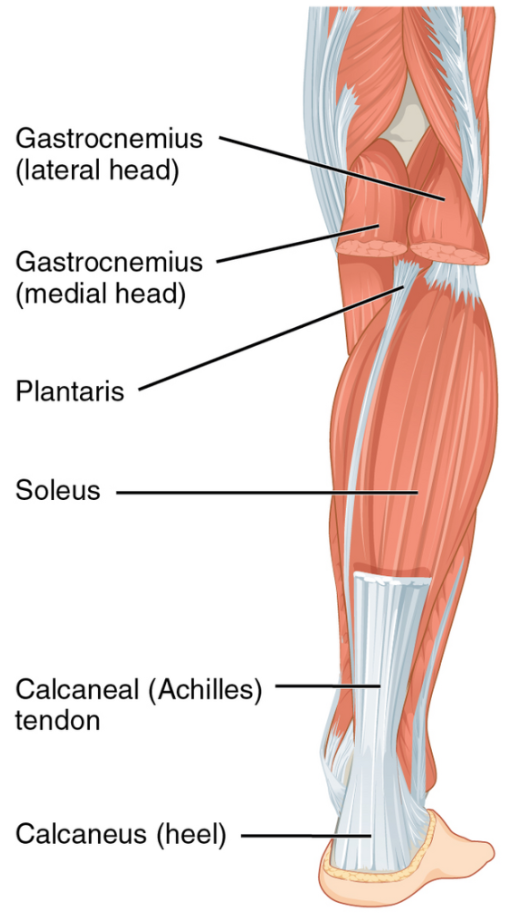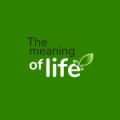
Your body hides a powerful ally that takes care of your circulation without you even noticing: the soleus muscle, located in your calves. This “second heart” helps pump blood toward your chest, defying gravity. Keeping it active improves cardiovascular health and prevents problems like swelling, varicose veins, and fatigue. And the best part: activating it is easier than you think.

The Soleus Muscle: The Silent Pump of Your Circulation
Although not well known by many, the soleus muscle plays a vital role in the circulatory system. It’s located on the back of the leg, just below the visible calf muscle (the gastrocnemius). Its specialty isn’t jumping or running, but something more discreet but equally crucial: pushing venous blood from the legs back to the heart.
That’s why it’s called the “second heart.” Its action is especially important when we’re standing, as it prevents blood from pooling in the feet. But the problem is that the soleus muscle is only activated when there’s movement. Sitting or remaining still for prolonged periods of time, as is often the case in offices or on long trips, hinders this function and promotes the appearance of varicose veins, tired legs, or even blood clots.
Scientific Evidence: The Study That Revealed the Hidden Power of the Soleus

In 2023, a study published by researchers Monica Almendras and Erik Peper in the journal Biofeedback focused on the soleus’s role in circulatory health. Through measurements of temperature, venous flow, and oxygen levels, they found that simple movements such as elevating the heels or performing “soleus pushes” significantly increased blood return to the heart.
The finding not only reinforces the importance of movement in combating a sedentary lifestyle, but also suggests specific exercises as a preventative strategy. The research showed that activating this “venous pump” reduces symptoms such as heavy legs and swelling and improves overall oxygenation of the body.
These data don’t stop at the laboratory: they are especially useful for people who work seated, older adults, or those suffering from chronic venous insufficiency. The study highlights that strenuous training isn’t required to reap benefits. Small, regular movements are enough to get this auxiliary heart working.
This scientific evidence reinforces what many experts have already recommended: moving frequently isn’t just a healthy lifestyle suggestion, but a concrete physiological need.
How to Activate Your Second Heart (Without Going to the Gym)

The best news is that taking care of your “second heart” doesn’t require hours of exercise. Simply incorporating small habits throughout the day is enough to keep it going. Walking for a few minutes every hour is one of the most effective ways. If you work seated, you can do heel raises (raising and lowering your feet as if pressing an invisible pedal) to mimic the natural pumping of the soleus muscle.
During long flights or workdays in front of a screen, these discreet exercises make a big difference. Other useful recommendations include wearing compression stockings if you’re predisposed to venous problems and elevating your legs at the end of the day to promote drainage.
It’s not about adding extra effort, but rather integrating movement into your daily routine: taking the stairs instead of the elevator, stretching while standing during calls, or simply walking while you think. Every step counts.
Moving your legs is more than a habit: it’s an act of circulatory health. Moving the soleus muscle is like starting an engine that works silently to prevent blood from stagnating.
A small muscle, a huge difference
The soleus muscle doesn’t get the attention it deserves, but its impact is undeniable. The fact that it acts as a venous pump makes it a silent guardian of your cardiovascular health. The study by Almendras and Peper confirms this: moving regularly and doing small activation exercises can make the difference between stagnant circulation and healthy circulation.
In an increasingly sedentary world, this information becomes even more valuable. Taking care of your “second heart” doesn’t require extreme effort, just consistency and awareness. Because sometimes, big changes start with a step, or a twitching calf.















